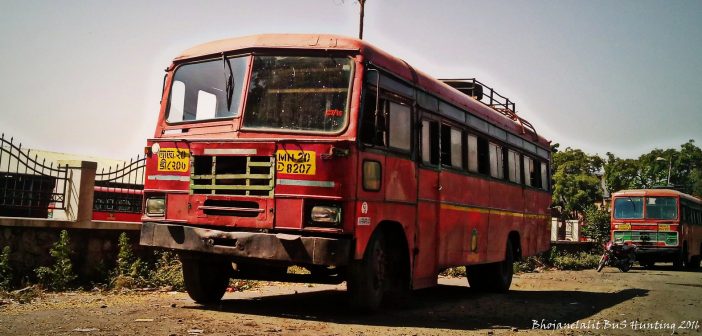India’s state-run bus corporations, once the backbone of public transportation, are in dire straits. Plagued by financial losses, aging fleets, inadequate infrastructure, and dwindling ridership, State Transport Undertakings (STUs) are struggling to provide reliable, efficient, and safe services to millions of Indians. A comprehensive overhaul is needed to revive these essential lifelines and ensure sustainable, affordable public transportation across the nation.
The Dismal Reality
The plight of STUs is evident in these alarming statistics:
- Mounting Losses: Most STUs are operating at colossal losses. According to a 2021 report by the Central Institute of Road Transport (CIRT), 90% of STUs incurred financial losses during the period of 2018-19. The cumulative losses for STUs stood at a staggering ₹61,000 crores annually.
- Aging Infrastructure: A significant portion of the bus fleet across STUs is outdated and in need of replacement. Many buses exceed the recommended operational lifespan of a decade, leading to increased maintenance costs and breakdowns.
- Neglect of Rural Connectivity: While STUs play a crucial role in connecting rural areas, years of neglect have left rural routes with dilapidated buses and poor service frequency, isolating communities.
- Competition from the Private Sector: The growth of private transport operators, often offering more comfortable and occasionally faster services, has eroded the customer base of STUs, impacting their revenue.
The Root Causes
The crisis in India’s state transport buses is a result of a complex interplay of factors:
- Operational Inefficiencies: High operating costs, overstaffing in some cases, and inefficient route planning contribute to the financial woes of STUs.
- Political Interference: Fare revisions are often influenced by political considerations rather than economic realities, preventing STUs from generating sufficient revenue to meet expenses.
- Mismanagement and Corruption: Corruption, misallocation of funds, and lack of accountability further exacerbate the financial burden on STUs.
- Outdated Technology: Limited adoption of technology in ticketing, route optimization, and fleet management hinders efficiency and makes services less user-friendly.
- Poor Maintenance: Inadequate maintenance practices shorten the lifespan of buses and increase operational costs.
The Way Forward: A Multi-Pronged Approach
Reviving India’s state transport bus system requires a holistic strategy that addresses operational, financial, and infrastructural issues:
-
Operational Reforms:
- Data-driven Route Optimization: Utilize GPS data and passenger analytics to identify high-demand routes, optimize schedules, and increase bus occupancy.
- Fare Rationalization: Establish a transparent fare policy linked with operational costs and inflation, balancing affordability with revenue generation.
- Streamline Workforce: Right-size the workforce through attrition and redeployment, while investing in skill development programs for staff.
-
Financial Restructuring:
- Government Support: Central and state governments must provide targeted financial assistance and subsidies to STUs, prioritizing modernization and rural connectivity.
- Debt Restructuring: Explore debt restructuring options to reduce the financial burden on STUs and enable future investments.
- Revenue Diversification: Identify additional revenue streams such as advertising on buses, parcel services, and leasing of STU-owned assets.
-
Infrastructure Upgrades
- Fleet Modernization: Phase out aging buses and invest in a new fleet of fuel-efficient, accessible, and passenger-friendly vehicles.
- Maintenance Facilities: Establish modern maintenance hubs with trained personnel to ensure optimal upkeep of buses and extend their lifespan.
- Improved Bus Terminals: Develop modern bus terminals with passenger amenities, integrated ticketing systems, and real-time information displays.
-
Technological Leap
- Digital Ticketing: Implement mobile ticketing, cashless transactions, and smart card systems for convenience and revenue transparency.
- Fleet Tracking and Management: Utilize GPS technology and fleet management software to optimize routes, monitor bus performance, and reduce fuel wastage.
- Passenger Information Systems: Provide real-time bus arrival information through apps and display boards to improve passenger experience.
The Imperative for Change
Revitalizing state transport buses is essential for India’s social and economic well-being. STUs are a lifeline for millions, especially in rural areas and for low-income communities. Improving their services is crucial for ensuring:
- Inclusive Mobility: Affordable and reliable STUs promote equitable access to jobs, education, healthcare, and essential services for all.
- Environmental Sustainability: Modern and efficient STUs can help reduce traffic congestion and pollution, contributing to cleaner cities and a healthier environment.
- Economic Growth: Enhanced public transportation supports economic development by facilitating the movement of people and goods.





